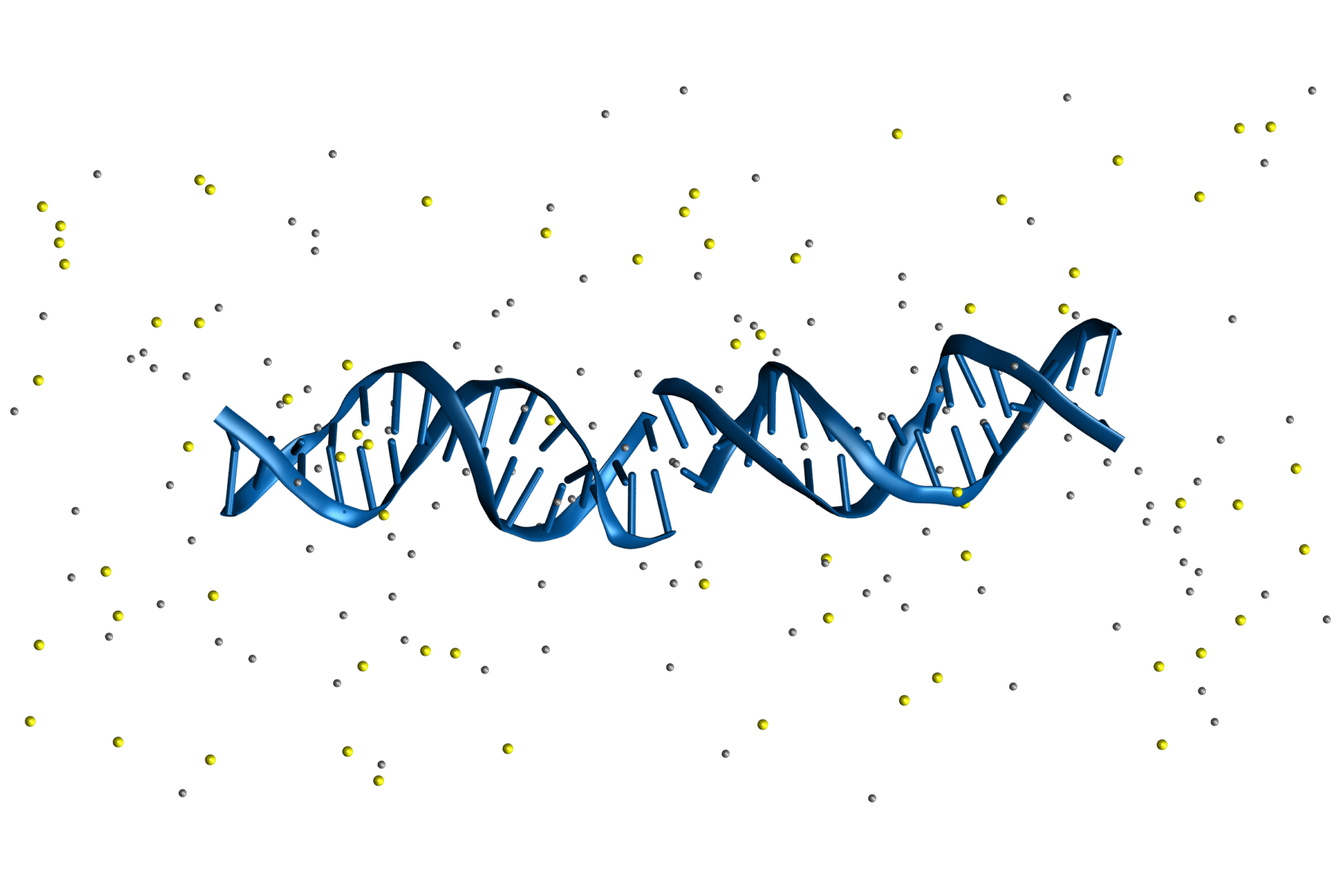Status
Completed
Period
13-19 February 2023
Applicant
Manuel Micheloni
Home Institution
University of Trento (IT)
Host Contact
Prof. Samuela Pasquali
Host Institution
Laboratoire Biologie Fonctionnelle et Adaptative, CNRS UMR8251 (FR)
Aim of the mission
DNA is constantly exposed to both endogenous (i.e. metabolic, mechanical stresses) and exogenous (i.e. chemicals, radiations) toxic agents. Among the plethora of DNA lesions, the disruption of the phosphoester backbone over one (single) or both (double strand breaks, or DSBs) DNA strands is a likely, detrimental outcome from the irradiation of DNA and/or the chemical action of reactive radicals. Nevertheless, effective enzymatic DNA repair mechanisms are deployed as the DNA structure is compromised; indeed, the DNA damage response (DDR) involves a complex framework of highly interrelated signaling pathways and enzymes probing the genomic integrity of DNA and possibly restore the DNA sequence. During my STSM, my main research focus will concern the assessment of the potential role of the local electrostatic environment in the early stages of the DNA damage signaling cascade by means of Molecular Dynamics simulations at different resolution levels.
Summary of the Results
During my STSM, I carried out a preliminary assessment to characterize potentially significant observables associated with the DDR signaling, on both all-atom and CG DNA conformations obtained via classic MD simulations. Furthermore, I outlined the research tasks and milestones aiming at depicting a more realistic setup, thereby increasing the accuracy and the biological significance of our simulation. Firstly, we would employ simulation toolkits like the Geant4-DNA track structure code to model the the biological damage on DNA linkers as well as the environment induced by ionizing radiation. Thus, we would characterize the effects on DNA from local electrostatic fluctuations employing i) constant-pH MD simulations at the all-atom resolution, and ii) the HiRE-DNA CG force field developed by Prof. Pasquali and explicitly incorporating pH-dependent effects.
Dissemination
Overall, Prof. Pasquali and I developed a long-term working track in order to establish a fruitful collaboration aiming at tackling complex and stimulating biological scenarios.

